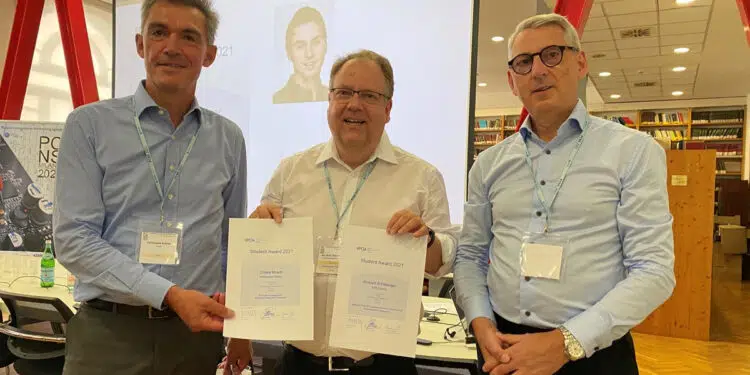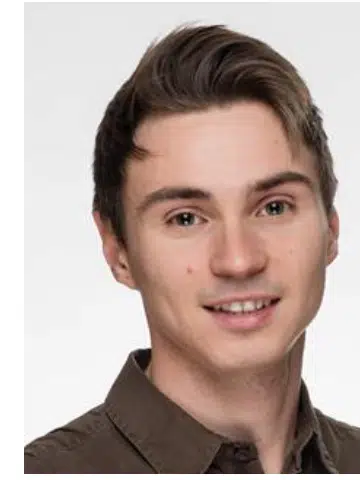On 7 September 2021, at the prestigious Passive Components Networking Symposium (PCNS) held at the Polytechnic University of Milan, Italy, the EPCIA decision-making body has awarded the first two students with the newly introduced EPCIA Student Award for their out-standing Master theses in the area of passive components.
PCNS 2021 was hosted as a hybrid-event with 75 attendees from 16 countries, 50 attending live and 25 virtually.
In the three days of the event, passive components and current questions on reliability & sustainability have been in the focus of all presentations and discussions.
Due to COVID-related travel restrictions, the students could not attend in person.
Instead, EPCIA President Ralph Bronold, Vice President Christophe Pottier, and Prof. Dr. Thomas Ebel, associate professor and head of the Centre for Industrial Electronics (CIE) at the University of Southern Denmark (SDU), have honoured the two winners with a short laudatory speech.
Awardee Richard Schlesinger from ETH Zurich has worked on “Analytical Triple-2D Leakage Inductance Model of Cone Winding Matrix Transformers”
Chiara Moletti from the Polytechnic University of Milan authored her thesis on “Life Cycle Assessment of Aluminium-electrolytic Capacitors”
The EPCIA decision-making body believes that both works represent a significant contribution to the passive components world and therefore conferred their papers with an EPCIA Student Award, which is endowed with € 1,000 each.
For all future applicants: EPCIA is granting up to six Student Awards per year and is looking forward to receiving more theses related to passive components. All details related to the EPCIA Student Award can be found on the EPCIA website: https://www.eusemiconductors.eu/epcia/epcia-student-award

































